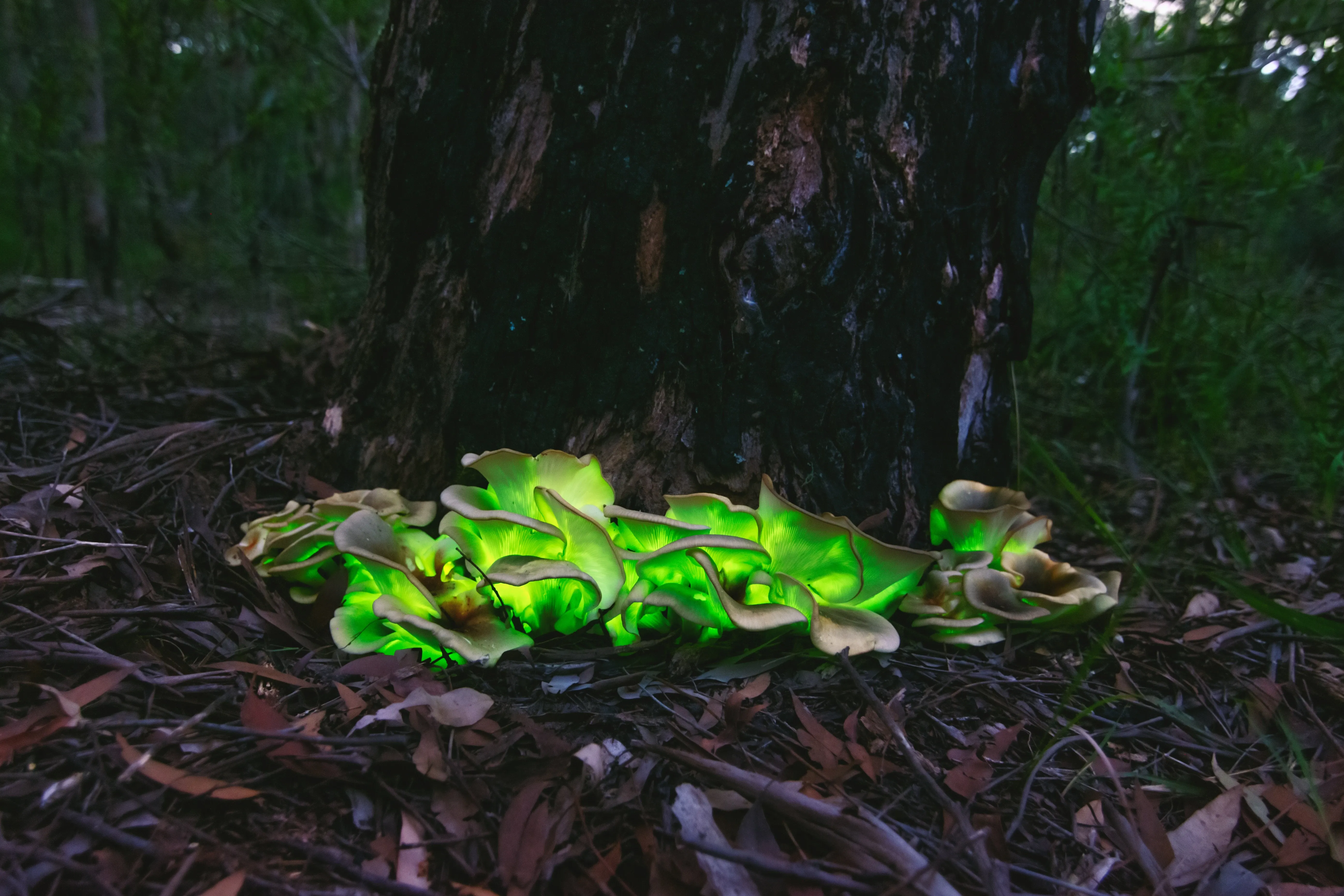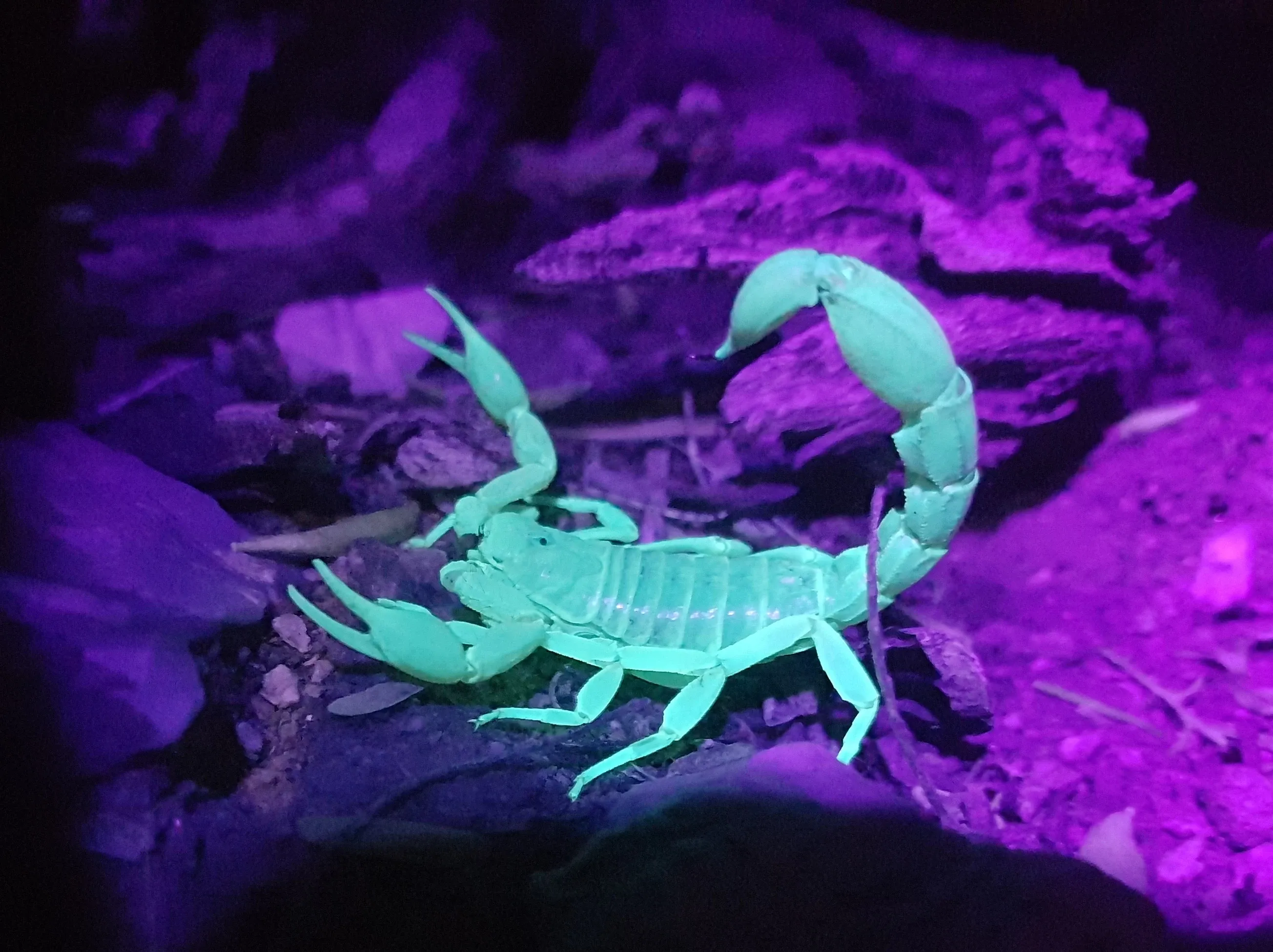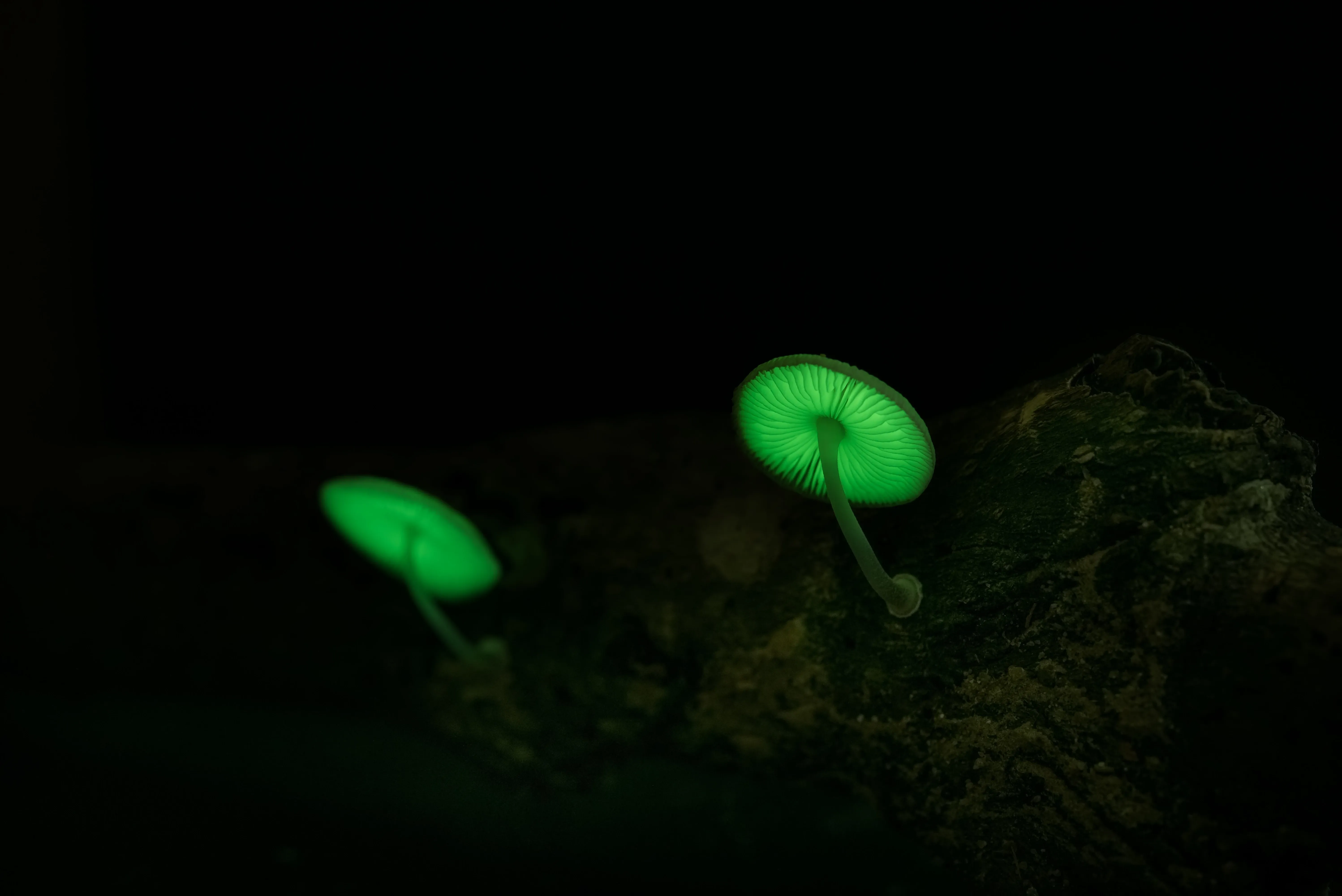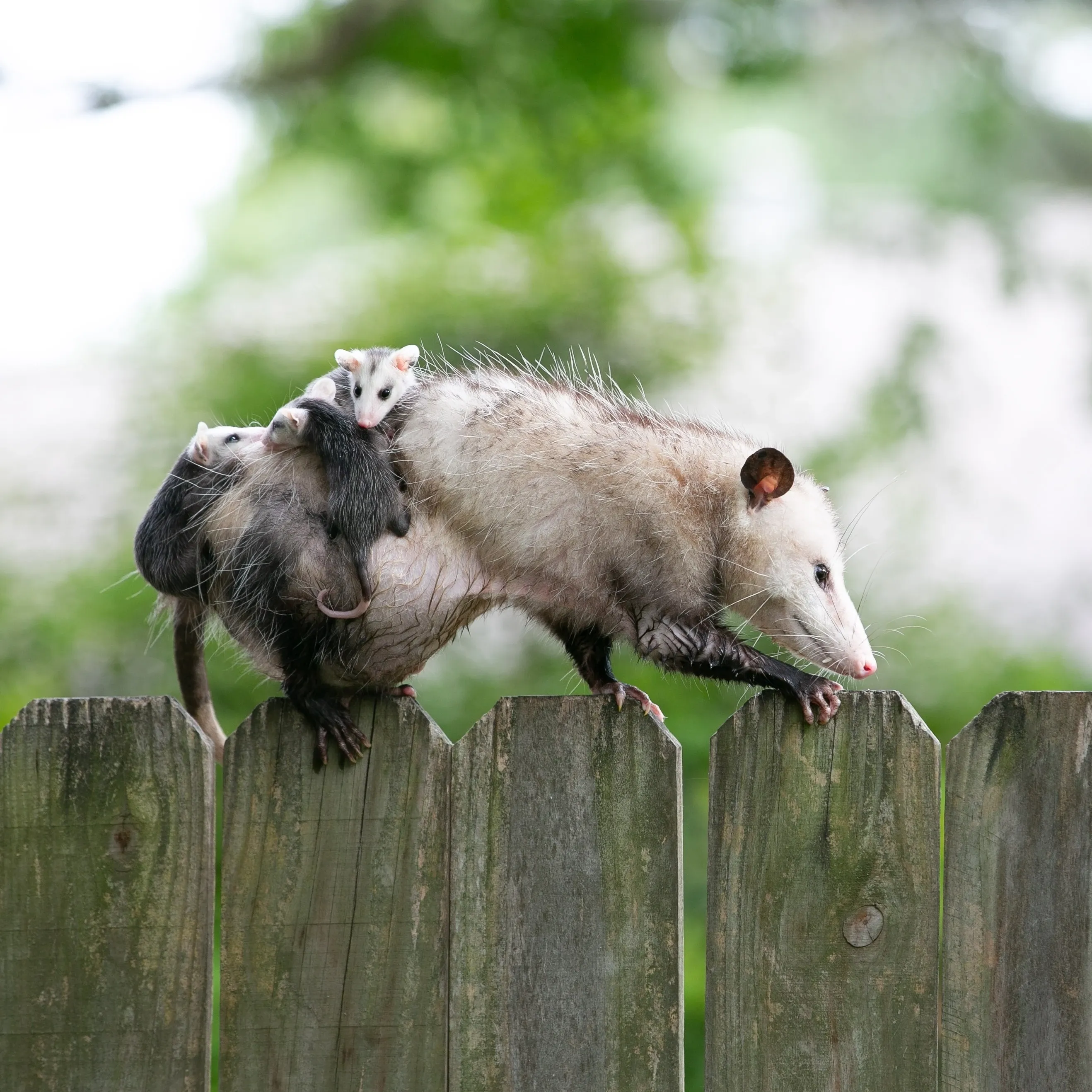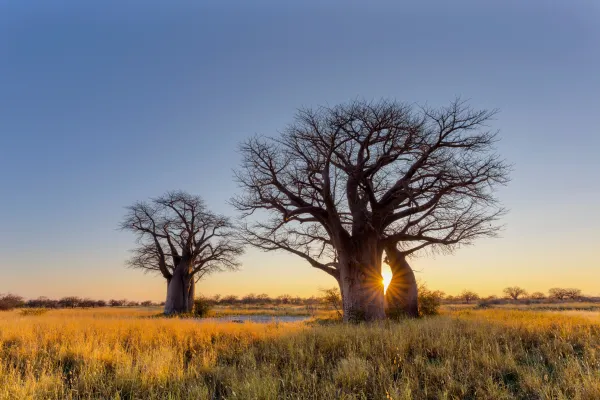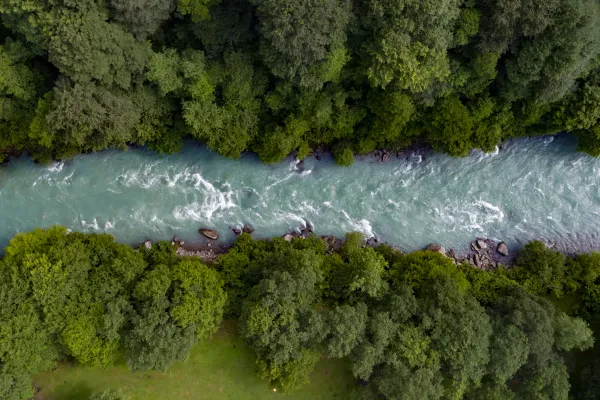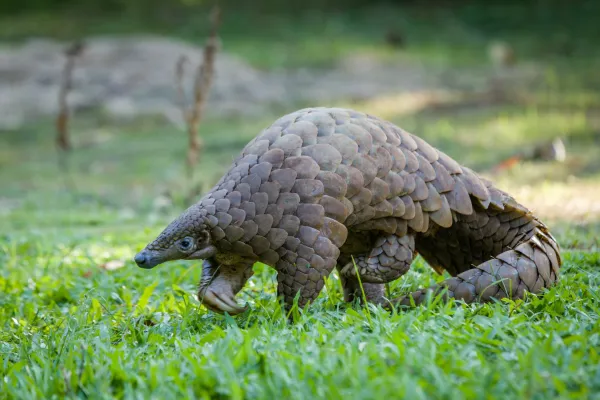Bioluminescence and Biofluorescence
Nature works in wonderful and mysterious ways. Over centuries, evolution has equipped plants and animals (not to mention humans) with ingenious and diverse defence mechanisms. Among these evolutionary mechanisms is some plants and animals’ ability to glow in the dark. But how do they do so - and why?
Like a fire’s flames, something is mesmerising about plants and animals that glow in the dark. However, beyond bioluminescence’s beauty, complex organic processes are at play in creating these natural night lights. Bioluminescence is caused by the combination of two chemicals - luciferin and luciferase. These compounds react with oxygen, producing photons of light. However, a different process causes biofluorescence. It occurs when animals absorb light, then emit it at a lower frequency or as a different colour.
Furthermore, there are specific reasons why some plants and animals glow in the dark. Research shows that natural bioluminescence can serve various purposes, from attracting mates or prey to communicating. There is even evidence to suggest that bioluminescence acts as a natural sunscreen in certain animals.
Mushrooms
Bioluminescence is not restricted to the animal kingdom. Scientists have identified around 80 bioluminescent fungal species of approximately 100,000 worldwide. However, they only recently reached a definitive conclusion as to why specific mushrooms or fungi glow at night. However, a 2015 study showed that bioluminescence may aid in pollination.
In an enclave of the Brazilian Amazon Rainforest, a bioluminescent mushroom named Neonothopanus gardneri thrives. To discover why these fungi glow at night, a team of scientists spent hours observing them. They also gathered data on fake acrylic mushrooms coated in fluorescent paint, as well as non-bioluminescent mushrooms. N. gardneri and the fake mushrooms attracted far more insects than the ‘dark control traps’. These results indicate that fungi may use their nocturnal glow to lure insects that help to disperse their spores.
Scorpions
Scientists know precisely why some animals glow in the dark. However, they remain unsure why certain scorpion species light up at night. It is not bioluminescence that causes these arachnids to shine, but rather biofluorescence. They absorb sunlight and then transform it, radiating it at a low frequency that turns a vivid greenish-yellow light under UV light.
One theory is that this light emission acts as a natural sunscreen in hot environments - but modern research suggests otherwise. Studies show that many scorpions have a low level of luminescence at night that lures insects - particularly desert moths. These moths are nocturnal and are attracted to fluorescent flowers called enothera. When the moth lands, the scorpion detects the vibrational impact and attacks.
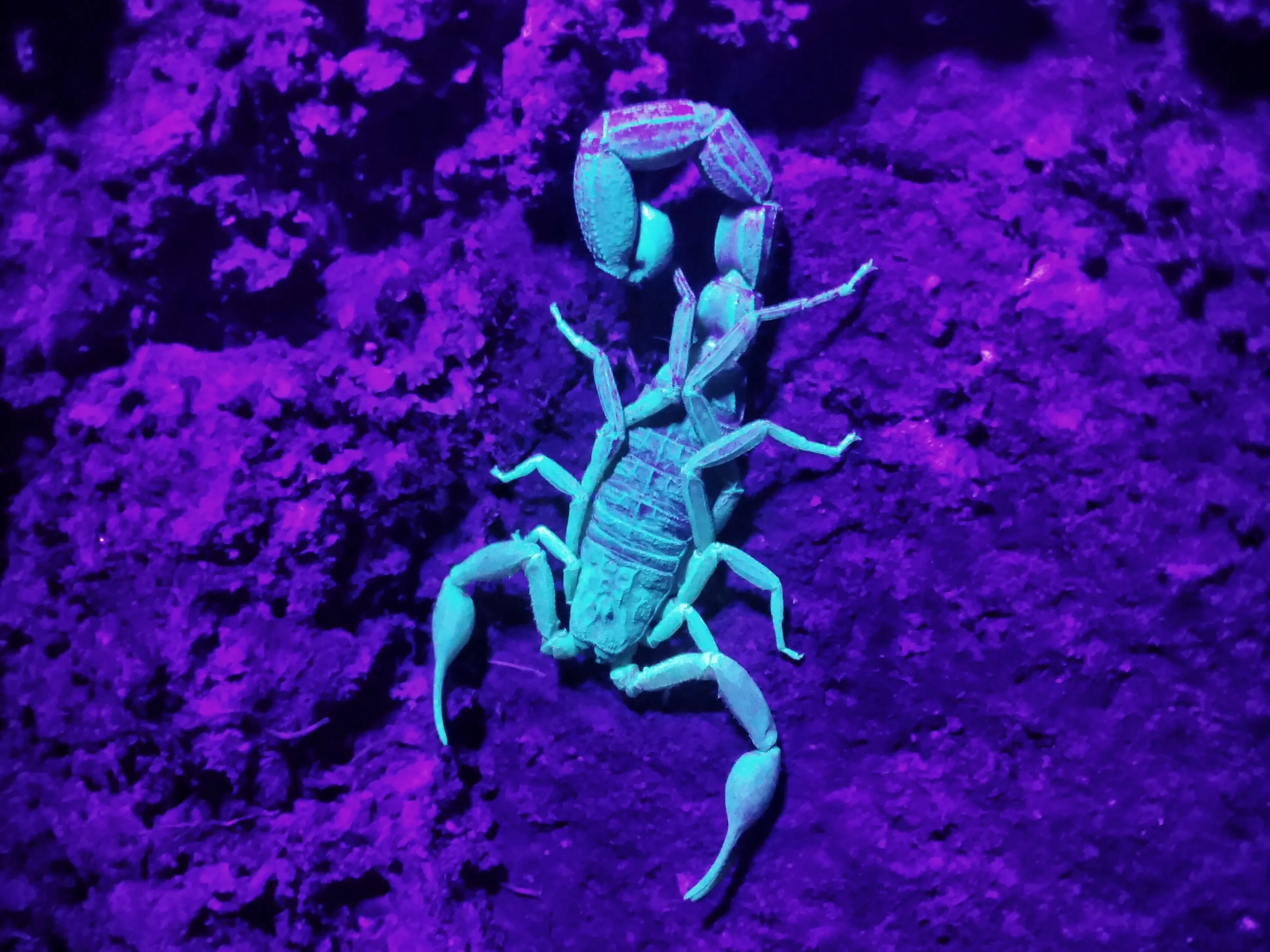
The deep sea anglerfish
Many of the world’s bioluminescent animals are marine species that live in a specific section of the sea. Called the disphotic zone, it is a ‘twilight zone’ between 200 and 1000 metres beneath the ocean’s surface. In fact, scientists estimate that roughly 90% of animals who live in this zone can glow in the dark. The deep sea anglerfish is one of the most iconic of these species.
These prehistoric-looking animals inhabit the lightless depths of the Atlantic and Arctic Oceans. They exist up to 1.5 kilometres below the ocean’s surface, where bioluminescence can be a life-sustaining advantage. The anglerfish has a huge circular head and a gaping mouth lined with spiky, entirely translucent teeth. Its name comes from its strangely shaped dorsal fin. This long, thin appendage projects from above their mouths and acts like a luminous fishing rod, drawing prey close enough for a lethal attack.
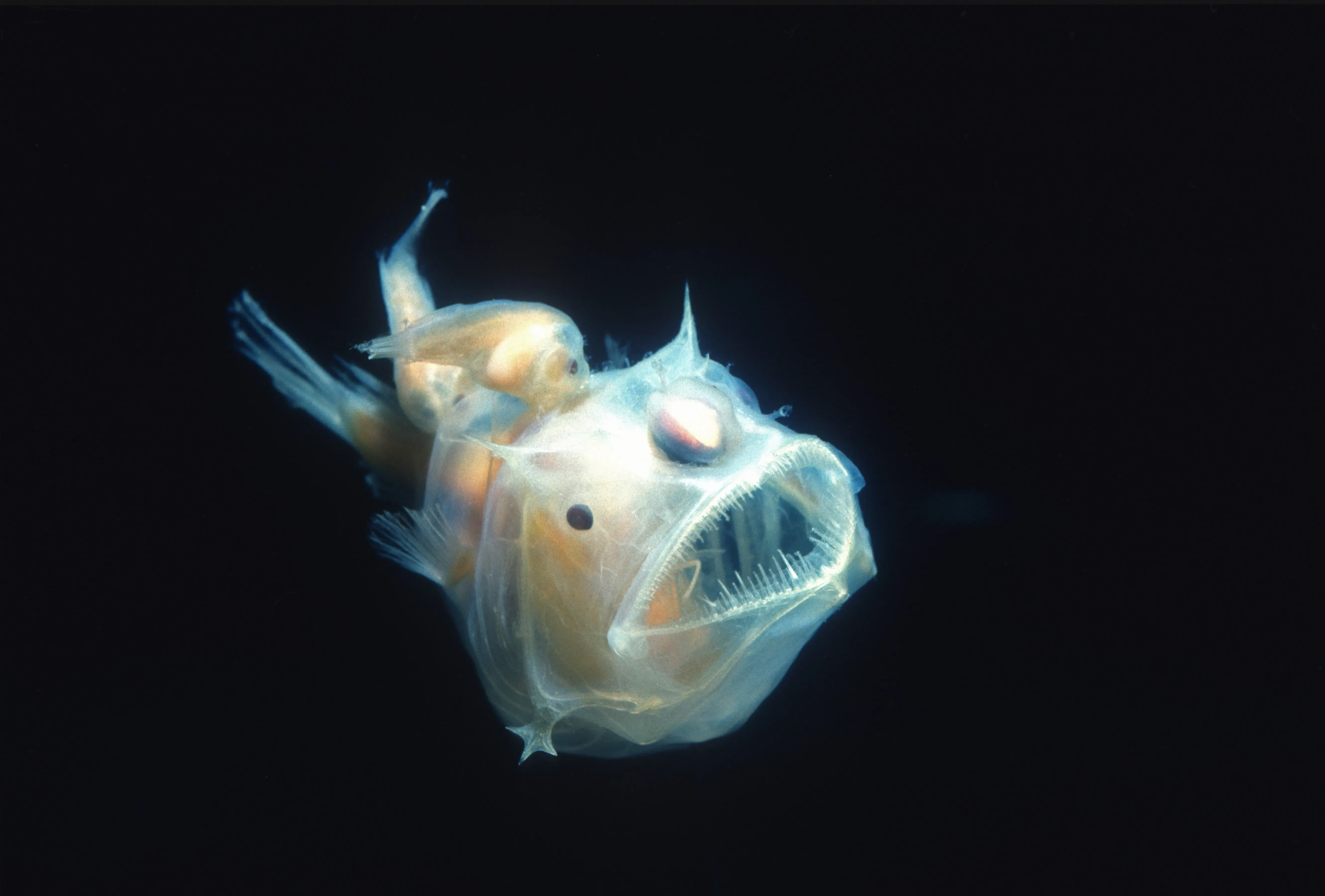
Fireflies
Fireflies are arguably the most iconic plants or animals that glow in the dark. They are famous worldwide for their colourful night lights. Moreover, scientists believe fireflies may be Earth’s most efficient light producers. A lightbulb generates around 90% of heat and only 10% of light energy. However, fireflies convert almost 100% of their energy into light.
Adult fireflies use their light flashes to attract potential mates rather than meals. Different species have different flash patterns, allowing them to identify fellow members of their species. Similarly, they use bioluminescence to distinguish between males and females. Research indicates that firefly females of at least two species are more attracted to mates with higher flash rates and intensity. However, there may be another reason why fireflies glow - to ward off predators. They produce defensive chemicals that can be toxic in high doses but also make them highly unpalatable.
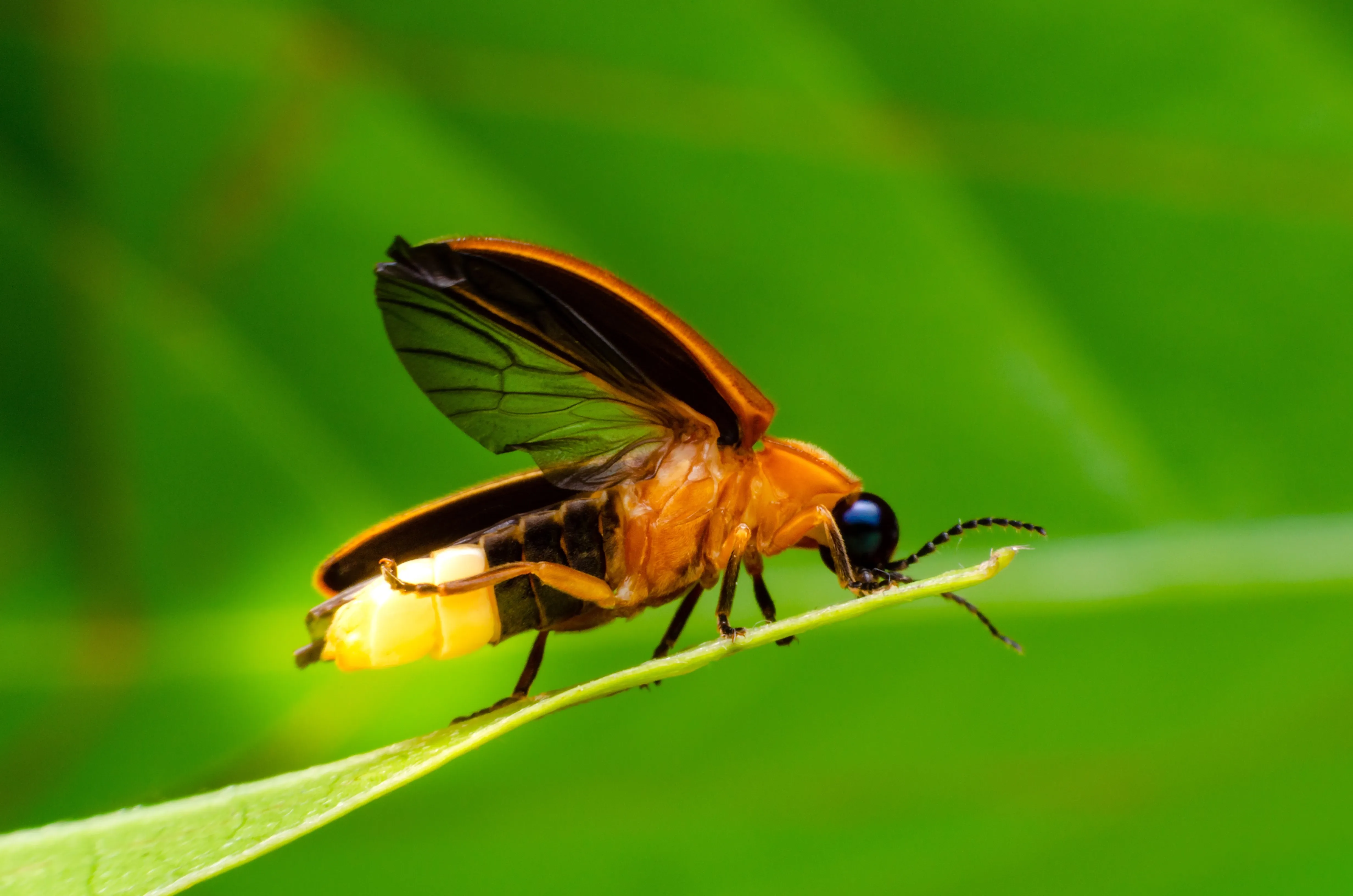
Virginia opossums, flying squirrels, and platypuses
Scientists have observed biofluorescence in only a few mammals. One of these is the Virginia opossum, the only opossum species that occurs north of Mexico. It grows to around the size of a domestic cat and - by all appearances - has a greyish-white fur. This nocturnal marsupial is widespread across North America, and many consider it a pest. However, researchers have discovered something remarkable about the Virginia opossum - it shines a deep, brilliant pink under UV light.
In 2019, researchers identified a similar phenomenon in the flying squirrel. These wide-eyed rodents turn a candy floss pink under UV light. Even more recently, studies have shown that the platypus emits a greenish-blue glow under UV light.
The jury remains out on precisely how and why these mammals are biofluorescent; however, the phenomenon may be connected to camouflage. For example, flying squirrels may turn luminous to blend in with the fluorescent lichens dotting the forests they inhabit. Similarly, platypuses may use biofluorescence to blend into the dusk and dawn when they are most vulnerable to predators.
We are only just discovering the secrets behind the magic of bioluminescence and biofluorescence. However, it is becoming clearer that the reasons and processes behind them are more complex than a display of beauty. Plants and animals glow in the dark to fulfill critical evolutionary purposes. Their natural night lights often connect to the well-being and survival of the species and surrounding ecosystem.
Source references:
National Geographic
Museums Victoria
BBC Earth Kids - YouTube
Scientific American
Britannica
Sign up for the newsletter
By clicking on “Subscribe now” I will subscribe to the Conscious Explorer newsletter with all the information about mindful travel. Information on the success measurement included in the consent, the use of the shipping service provider MailChimp, logging of the registration and your rights of revocation can be found in our privacy policy.

